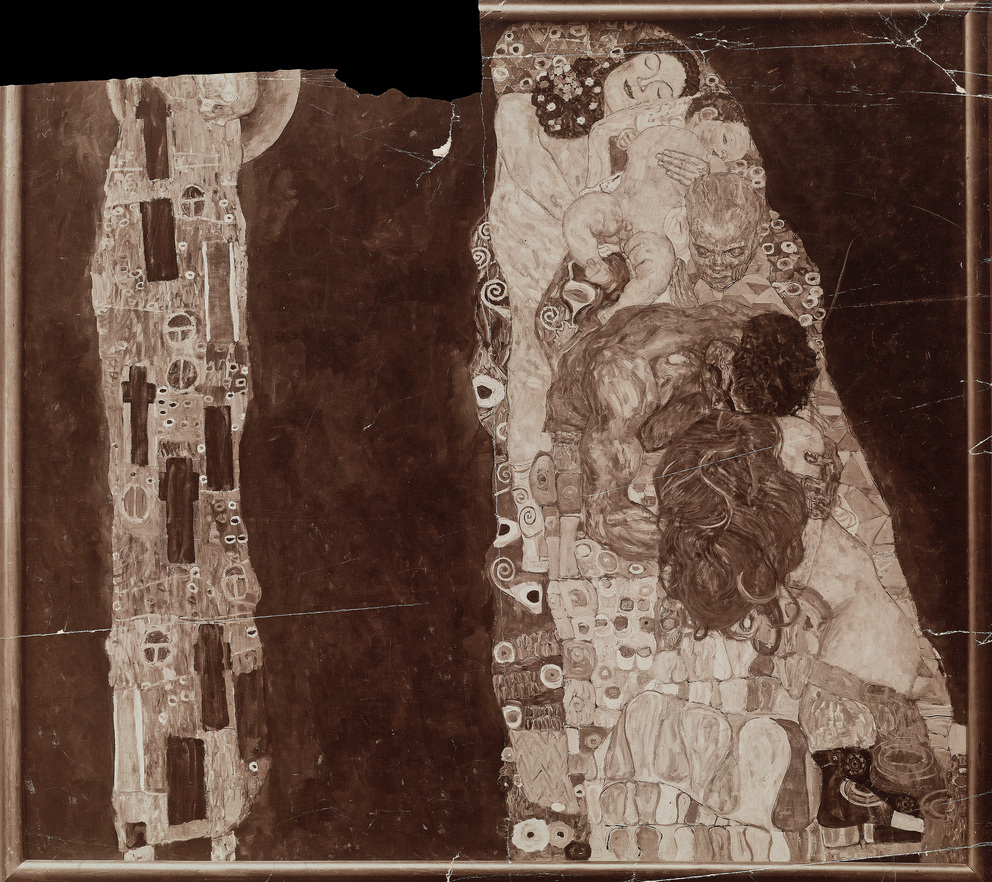
Leopold Museum,
Vienna
Vienna


Contemporary Reproduction of Gustav
Klimt’s Painting “Death and Life”, 1st Version
1910/11
(Vienna 1859–1945 Vienna)
If you have further information on this object, please contact us.
For provenance related information, please contact us.
2023/2024 Partial funding for digitization by the Federal Ministry for Arts, Culture, the Civil Service and Sport „Kulturerbe digital“ as part of NextGenerationEU.

